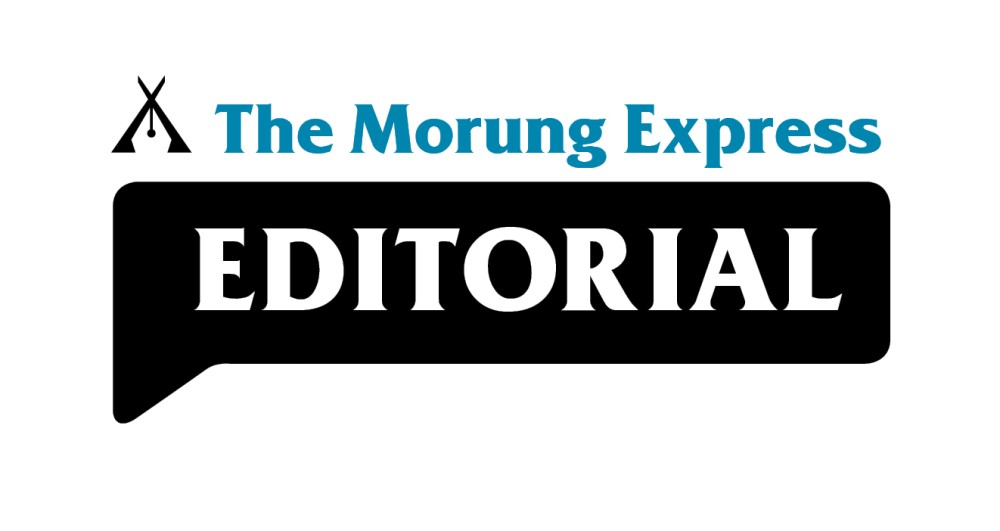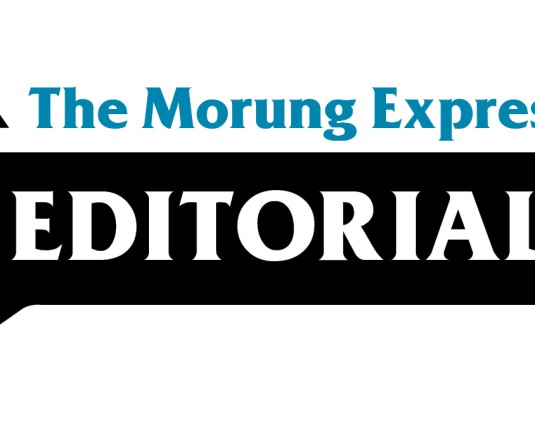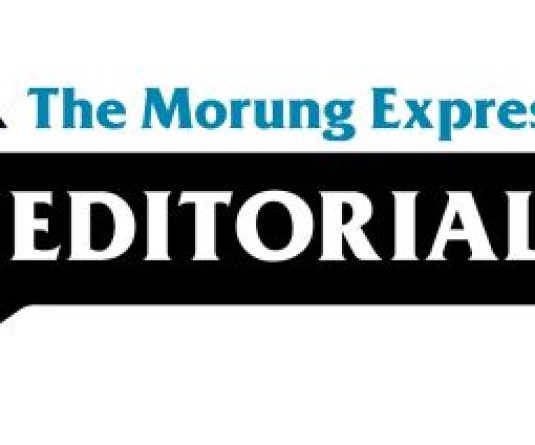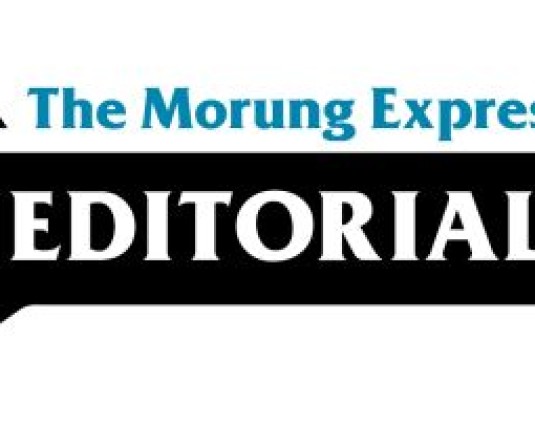
By - Imlisanen Jamir
In October, Joe Rogan—a podcaster with no ties to traditional journalism—hosted Donald Trump for a casual, sprawling three-hour conversation. He also declined an interview with Vice President Kamala Harris, not because he lacked interest, but because her team set the terms. Rogan could afford to say no. His podcast reaches an audience that far surpasses most traditional news outlets. This moment encapsulates a profound shift in how we consume and trust media: the rise of individual personalities and platforms over traditional institutions.
For decades, the “mainstream media” conjured images of newsrooms, broadcast anchors, and journalists beholden to editorial standards and press councils. These institutions, equipped with infrastructure and regulatory oversight, shaped public discourse. But today, in an era where smartphones and social media have democratized information, this monolith has fractured. The likes of Rogan, and independent creators have become the new mainstream, unencumbered by the old rules of fact-checking, balance, or journalistic ethics.
This evolution isn’t limited to the West. Closer home in Nagaland, the shifting media landscape is beginning to mirror global trends. Emerging YouTube channels, podcasts, Instagram pages, and social media groups in Nagaland—many unregistered with press bodies—are carving out spaces for themselves in news and opinion. Some of these platforms excel in offering immediacy and accessibility, but others propagate misinformation, conspiracy theories, or content tailored for clicks rather than accountability. The result is a media ecosystem that is both vibrant and precarious, blending opportunity with chaos.
The dominance of new media platforms comes with consequences. For one, traditional outlets like newspapers and television are struggling to keep up. While they haggle over press junkets or chase official press conferences, independent creators are driving narratives through livestreams, memes, and curated clips. Figures like Rogan or even our own online interviewers and podcasters the thrive on intimacy and relatability, offering audiences what they crave: personality over policy, entertainment over scrutiny.
This trend raises critical questions. Can this new media, who shape millions of minds, be held to the same standards as the legacy media they so often critique? Should they be? The answer, unfortunately, seems to lean toward a loud “no.” Platforms like Rogan’s are built on unfiltered conversations, often devoid of rigorous fact-checking or accountability. While this approach resonates with audiences disillusioned by the perceived elitism of traditional media, it also opens the floodgates to misinformation and unchecked biases.
For traditional media in Nagaland, the challenge is even more pronounced. With limited resources and a relatively small market, maintaining journalistic integrity while competing with faster, louder, and often less ethical platforms is no small feat. Yet the solution cannot be to mimic the tactics of the new media. Instead, traditional outlets must double down on their strengths: credibility, depth, and the ability to provide context to a rapidly changing world.
To be clear, this isn’t a dismissal of new media. Platforms like Coffeezilla or Substack writers have shown how independent creators can deliver impactful journalism. However, these are exceptions in a sea of partisanship and sensationalism. The challenge lies in separating substance from noise, a task increasingly left to the audience—a double-edged sword in an era when echo chambers dominate our digital lives.
In Nagaland and beyond, the future of media will likely be a hybrid of the old and the new. Traditional outlets must adapt, but they must also hold the line on ethics and standards. Meanwhile, new media personalities, as they ascend to mainstream status, must realize that influence comes with responsibility. To those who dominate today’s digital airwaves: you are the new mainstream media. The real test now is whether you can hold yourselves to the same standards you demand from the old guard.
The stakes are high. At its best, media—whether traditional or new—serves as a cornerstone of democracy, holding power to account and informing the public. But when the lines blur, when entertainment replaces accountability, and when trust erodes further, what we stand to lose is not just the credibility of the media but the informed citizenry it seeks to serve.
Comments can be sent to imlisanenjamir@gmail.com






